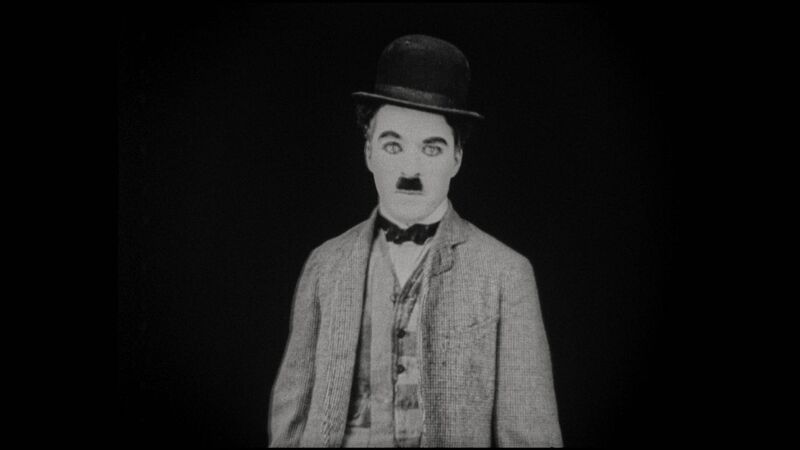Film Review: a darker insight to The Real Charlie Chaplin

The Real Charlie Chaplin: unflinching in all aspects of the actor's legacy
★★★★☆
In 1916 Charlie Chaplin ‘was famous in a way that no one had ever been before,’ largely due to his being the most recognisable face in the revolutionary new medium of motion pictures.
(PG) takes for its thesis the idea that despite his fame, no one ever really knew Charlie Chaplin: it was his persona of The Tramp, complete with the iconic little moustache, that made Chaplin the most famous person in the world, even while he hid away behind his disguise.
And Chaplin had more to hide than most: while the directors, Peter Middleton and James Spinney, are unstinting in uncovering paeans to Chaplin’s comic genius, they don’t neglect his darker side, and especially the allegations of ‘predatory behaviour’.
It’s a comprehensive portrait of Chaplin, beginning with his rather Dickensian childhood in London (it actually involved his being sent to the workhouse) and following the ambitious young man to America, where he initially turns up his nose at the fad for motion pictures before signing with Mack Sennett of fame.
Middleton and Spinney offer an unusual narrative structure, splicing together footage of his films with dramatic reconstructions of Chaplin’s print interviews and other filmmakers’ previous encounters with Chaplin’s family, friends and foes.
The most poignant contributions come from Lita Grey, Chaplin’s long-demonised second wife who became pregnant by him aged only 15, and Chaplin’s daughter Jane, who recalls craving nothing more from life than a single conversation alone with her father.
It’s an absorbing, fully rounded account of Chaplin’s life and while the film is leavened with oodles of snippets of his best comic moments, is a rather darker affair than you might suspect.
(cinema release)
Read More






